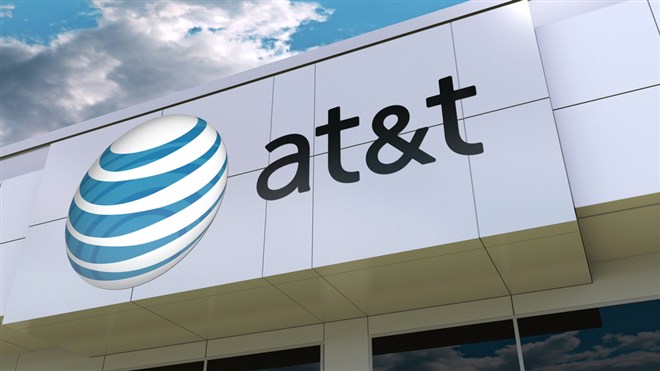
AT&T Inc. (NYSE: T) has made its way on many investors' radars. The company's share is up over 3 percent over the last three days and gained 2.20% in yesterday's trading session.
Zooming out further, though, and things are a bit less optimistic. AT&T managed to stabilize its losses over this time period and recorded a small contraction of 2.06% in its stock price. A saving grace for the share came in the middle of October, as it rose 26.32% from October 12 to October 28.
So let's examine some pros and cons of investing in this legendary telecommunications company.
The Bull Case
First, the positives. Despite AT&T's recovery in its share price, the consensus on Wall Street is that it is still potentially undervalued. Analysts rate the stock a moderate buy, and the MarketBeat consensus price target shows an appreciable upside of 16.4% at the time of writing.
Supporting the bullish thesis is that AT&T beat analyst expectations when it posted its Q3 earnings in October last year. My colleague Kate noted that the company saw a 3% year-over-year growth in its earnings and added millions of new subscribers to its postpaid mobile and internet service plans.
Kate also noted that the market could largely be shrugging off worries that inflation could determine its customers' spending habits when buying essential utilities. Wells Fargo & Company (NYSE: WFC) analyst Eric Luebchow also recently upgraded his price target for the stock from $17 to $22, noting that the strong growth in its subscriber base is set to continue, but also said that the effect of inflation remains a threat on the horizon.
The Bear Case
Now for the bad news. The company is expected to release its Q4 earnings on Jan 25, and when it does the results may be deceptive. Although it may post strong earnings for that quarter, the consensus on Wall Street is that the company's EPS is set to shrink from $2.62 to $2.55 per share in the coming year.
Supporting the idea that a downside correction could be coming, its price-to-earnings-growth ratio (PEG) sits at 2.29. A price-to-earnings-growth ratio of 2.29 means that the current price of a stock is 2.29 times the forecasted earnings growth over a certain period of time. In other words, A PEG ratio of 2.29 indicates that the current stock price is relatively high compared to its expected earnings growth, meaning that there is a greater risk of the stock price falling in the future.
The other issue for the company is the steep fall in its free cash flow (FCF) starting in 2020, which many analysts consider as the lifeblood of a business. Free cash flow for 2020 was $27.455B, a 5.44% decline from 2019, and free cash flow for 2021 was $25.43B, a 7.38% decline from 2020. Less cash coming in means there will be less ability for AT&T to continue growing and covering its dividend and return value to shareholders in other ways, such as through buying back shares.
The correlation between free cash flow and a company's stock price is not necessarily clear-cut. Factors such as the company's competitive position in its sector and the overall economic environment can significantly impact a stock price. Generally, however, free cash flow can be seen as an indicator of a company's financial health and stability, and in most cases, a lower free cash flow will lead to a lower stock price and vice versa.
The Bottom Line
Considering all factors, AT&T may have surprised the market last October with better results than expected in the short term. Still, more longitudinal signals point toward a correction in its stock price due to a forecasted contraction of its earnings and its actual FCF decreasing yearly.
We may get a clearer idea of where AT&T should be sitting next quarter and an even better idea when it publishes its results for Q1'23. We haven't seen the head of the incoming recession yet, which will be the real test of AT&T's strength in maintaining its dividend health and subscriber numbers.